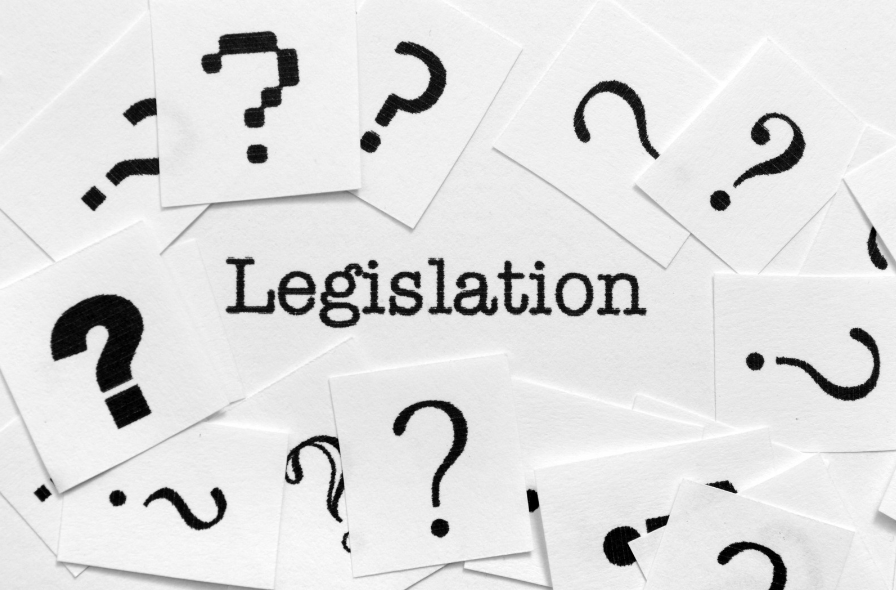Search for specific blog posts by key words, authors, or FPHR capabilities:
Capability or Author
- Accountability & Performance Management
- Anne Graves
- Assessment & Surveillance
- Communications
- Community Partnership Development
- Emergency Preparedness & Response
- Equity
- Erika Guenther
- Jenna Olson
- Mary Parsatoon
- Michelle Stronach
- Organizational Competencies
- Policy Development & Support
- Spoorthy Uddurhally
- Stephany Medina
- Susan Michels

What’s all the hype about Results-Based Accountability?
When I was a Health Educator, I worked with a team to launch a Positive Community Norms (PCN) campaign to highlight how most students choose not to use substances. Afterwards, I presented to a Community Advisory Committee on the campaign and remember someone asking, “Would you do it again? How do you know it made a difference for kids?” I paused...and didn’t have a great answer.
One way to avoid this situation is to use a framework called Results-Based Accountability (RBA).

Avoiding Distractions: How Aims Statements Can Help
A public health nurse, former English teacher, and a planner walk into a conference room. Their task? Build innovative public health infrastructure. Ah, yes. A nice, easy, clear task.
This was the start of our MDH Infrastructure grant work. So where did we start?! We began by creating an aims statement (sometimes called a problem statement).

Grandma’s Blue House: A change management case study
Growing up, I was the kid that hated change. My grandma had a very blue living room--walls, couch, shag carpet, even the picture frames were all blue. One year she decided to yank it all out and upgrade to a more nuanced look. Six-year-old Steph was not having this sudden and unexpected change. As an adult, I’m better with change, but there are some key aspects to change management that make it easier for me. Let’s see what the research has to say.

Crushing It! Using Performance Data to Make Better Decisions
How many of us have created a workplan with goals, objectives, action items, and were proud of the work we outlined in there and thought, “I’ll get to defining the performance measures later,” but “later” never came?
Or maybe we’ve found ourselves on the flip side. We took the time to count and measure everything we could think of and realized later that it was a lot of administrative burden to track all this data that didn’t help us improve our program?
I ask because I’ve put myself in both of those situations. So, let’s talk about how to create a great performance management system!

Can Government Employees Engage in Policy Work?
As public health professionals, we know that policies impact health. From seatbelt laws to minimum age requirements for alcohol, we’ve seen how laws and policies can positively impact health. We’ve also seen how laws and policies can negatively impact health – from segregation to voting restrictions and more. Law is a key determinant of health and an essential tool, when used with equity in mind, to advance health and reduce health disparities.

Is this good data?
When we harness data in these ways, we gain a deeper understanding of community need. But in a world with an overabundance of data and information, how do we know what we can trust? We have to consider the data source, the timeliness of the data, if the methods are transparent, and if the data is saying what we think it’s saying. There’s a lot to understanding if something is “good” data, and even “good” data can be misinterpreted.

Why aren’t my project planning conversations landing?
Looking back on my project, we struggled to find clarity and direction forward in our discussions because we were thinking at different levels of perspective, and that influenced the way we engaged in this discussion.
If I were to do this project again, I would set the stage with this 5-minute video from Chris McGoff at The Primes, who I think explains it best.

What the heck is this FPHR thing all about?
This framework introduces the key areas of work and foundational skills, or capabilities, public health departments need to prevent, promote, and protect the public’s health. Organizing our work under this framework can help us to assure that no matter where someone lives, they have the same public health protections and the same opportunity to achieve their best health.